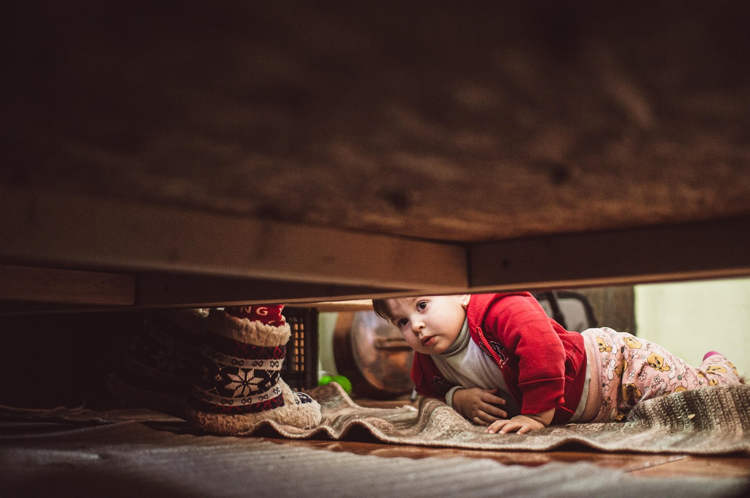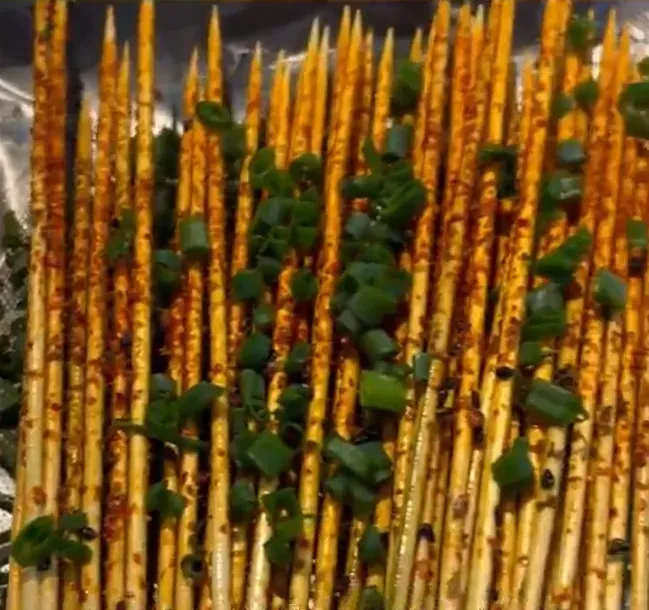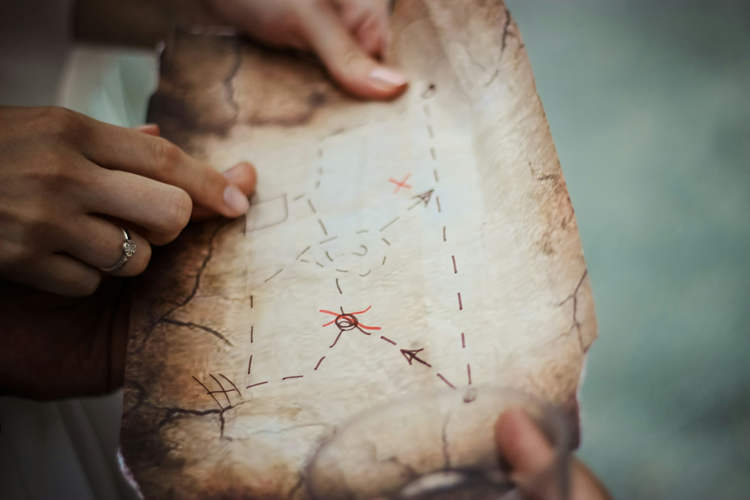Along Bregagh Road, near the village of Armoy in Northern Ireland, lies a tranquil byroad called The Dark Hedges. For the past three centuries, a stretch of Beech trees have been guarding either side of this road. They have reached up and intertwined with each other, creating an ethereal tunnel of trees with shadow and light playing through the entwined branches. The effect is nothing short of spectacular.
The trees were planted in the 1750s by the Stuart family, on the grounds of Gracehill House, James Stuart’s Gregorian mansion. They wanted to create a compelling landscape to impress visitors who approached the entrance to the mansion. Needless to say, the Stuarts managed to achieve the desired effect. Even today, the Dark Hedges attracts locals and tourists alike.
Up until fifteen years ago, only locals knew about the Dark Hedges. In 1998, Northern Ireland’s national tourist board began to use the setting to promote tourism. Visitors have been pouring in ever since. It is one of the most photographed places in the world, and has become a desktop wallpaper cliché. Several scenes of the hit series ‘Game of Thrones’ have been filmed here and it is also a popular location for wedding photography.





















